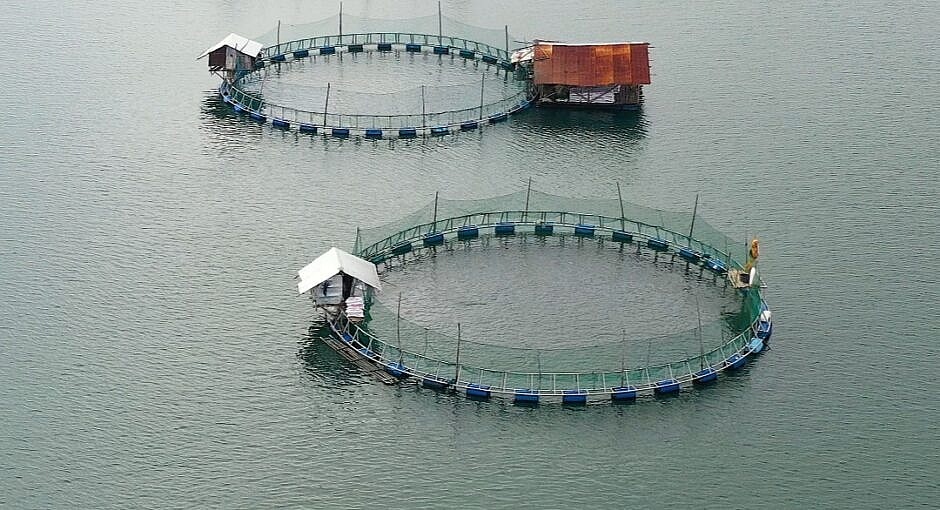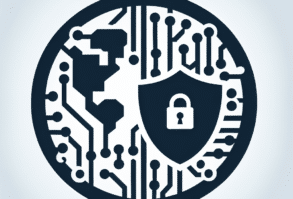Bangus, also known as milkfish, is a staple in Filipino cuisine and a primary source of income for many fish farmers in Pangasinan, Philippines. With the increasing global demand for seafood and the need for sustainable practices in aquaculture, it is essential to explore new technologies that can help improve Bangus production. Artificial Intelligence (AI) and the Internet of Things (IoT) are two such technologies that have shown promising results in various industries, including aquaculture.
Understanding AI and IoT
AI refers to the development of computer systems that can perform tasks that would typically require human intelligence, such as learning, reasoning, and problem-solving. On the other hand, IoT is a network of interconnected devices, sensors, and software that collect and exchange data, allowing for real-time monitoring and control of systems. When combined, AI and IoT can work together to create intelligent, data-driven solutions that improve efficiency, productivity, and sustainability in various industries, including aquaculture.
AI in Bangus Production
AI can help improve Bangus production in several ways, from optimizing feeding schedules to enhancing water quality management. By leveraging machine learning algorithms and vast amounts of data, AI can enable better decision-making and automation in aquaculture operations.
Benefits of AI in Bangus production:
- Improved efficiency and productivity
- Enhanced decision-making
- Reduced waste and environmental impact
IoT in Bangus Production
IoT plays a crucial role in enabling real-time monitoring, data collection, and control of various aspects of Bangus production. By using IoT devices and sensors, fish farmers can access real-time information on water quality, fish health, and other vital parameters, allowing them to make informed decisions and improve overall production efficiency.
Benefits of IoT in Bangus production:
- Real-time monitoring and control
- Enhanced data collection and analytics
- Improved operational efficiency
Monitoring and Data Collection
Sensors and data acquisition devices play a critical role in AI and IoT-enabled Bangus production. These devices can measure various parameters such as water temperature, dissolved oxygen, pH, and ammonia levels. The data collected by these sensors can be transmitted wirelessly to a central system, allowing for real-time monitoring and analysis.
Real-time monitoring
Real-time monitoring of Bangus production is crucial for maintaining optimal conditions, ensuring fish health and welfare, and maximizing productivity. AI and IoT technologies enable fish farmers to access up-to-date information on water quality, fish behavior, and other factors, allowing them to make timely decisions and adjustments to their operations.
Optimizing Feed Management
Feed management is a critical aspect of Bangus production, as it directly impacts fish growth, health, and overall production efficiency. AI-driven feed algorithms can analyze data from IoT sensors and other sources to determine the optimal feeding schedules and quantities, ensuring that fish receive the right amount of nutrition while minimizing waste.
IoT-enabled feed dispensers
IoT-enabled feed dispensers can be programmed to release the appropriate amount of feed based on the AI-driven feeding algorithms. These devices can also be remotely controlled, allowing fish farmers to adjust feeding schedules and quantities as needed.
Enhancing Water Quality Management
Maintaining optimal water quality is essential for the health and welfare of Bangus. AI-based water quality analysis can help fish farmers identify potential issues and take corrective measures before they become critical.
IoT solutions for water treatment
IoT devices can be used to monitor and control water treatment systems, ensuring that water quality remains within acceptable limits. These systems can be automated and remotely managed, reducing the need for manual intervention and increasing operational efficiency.
Predictive Analytics and Decision Making
AI-driven analytics can help fish farmers identify trends and patterns in data collected by IoT sensors, enabling them to make informed decisions about their operations. Predictive models can also be developed to forecast future production levels, allowing for better planning and resource allocation.
IoT-based monitoring systems
IoT-based monitoring systems can provide real-time data on various aspects of Bangus production, such as water quality, fish growth, and feed consumption. This information can be used by AI algorithms to make data-driven decisions, enhancing overall productivity and efficiency.
Boosting Bangus Health and Welfare
AI-assisted disease detection can help identify early signs of illness in Bangus, allowing for prompt treatment and minimizing the risk of disease outbreaks. Machine learning algorithms can analyze data from IoT sensors and other sources to detect abnormal behavior, changes in water quality, or other indicators of potential health issues.
IoT-enabled health monitoring
IoT devices can be used to monitor the health and welfare of Bangus continuously, providing real-time information on fish behavior, growth rates, and other parameters. This data can be used to inform AI-driven decision-making and ensure optimal conditions for Bangus health and welfare.
Increasing Operational Efficiency
Automation and cost reduction are significant benefits of incorporating AI and IoT technologies in Bangus production. By automating tasks such as feed management, water quality monitoring, and disease detection, fish farmers can reduce labor costs and increase overall operational efficiency.
Remote management
IoT devices and systems can be remotely monitored and controlled, allowing fish farmers to manage their operations from a distance. This capability can help reduce on-site labor requirements and enable more efficient use of resources.
Sustainable Practices in Bangus Production
AI-driven resource management and IoT-enabled waste management can help minimize the environmental impact of Bangus production, promoting more sustainable practices in the industry.
Challenges and Limitations
Despite the many benefits of AI and IoT technologies in Bangus production, there are also challenges and limitations to consider, such as:
- Technological challenges: Developing and implementing AI and IoT solutions in aquaculture can be complex and require significant investment in infrastructure and expertise.
- Economic and social challenges: The cost of implementing AI and IoT technologies may be prohibitive for small-scale fish farmers, and there may be concerns about job displacement due to increased automation.
The Future of AI and IoT in Bangus Production
Emerging trends in AI and IoT technologies, such as advanced machine learning algorithms, improved sensor technologies, and increased connectivity, will likely continue to drive innovation in Bangus production. As these technologies become more accessible and affordable, their adoption in the aquaculture industry is expected to increase, leading to further improvements in productivity, efficiency, and sustainability.
Long-term potential
In the long term, AI and IoT technologies have the potential to revolutionize Bangus production, enabling more precise and data-driven management of resources, better decision-making, and reduced environmental impact. By embracing these technologies, the Bangus industry in Pangasinan can become more competitive and sustainable, ensuring its continued growth and success.
Conclusion
AI and IoT technologies offer significant potential to improve Bangus production in Pangasinan by enabling better monitoring and data collection, optimizing feed management, enhancing water quality management, boosting fish health and welfare, and increasing operational efficiency. While there are challenges and limitations to consider, the long-term benefits of incorporating these technologies in the industry are clear. As AI and IoT continue to advance, they will likely play an increasingly vital role in the sustainable growth and development of the Bangus industry in Pangasinan.
FAQs
- What are the main benefits of using AI and IoT in Bangus production? The main benefits include improved monitoring and data collection, optimized feed management, enhanced water quality management, better fish health and welfare, increased operational efficiency, and more sustainable practices.
- How do AI and IoT work together in Bangus production? AI algorithms analyze data collected by IoT sensors and devices, allowing for better decision-making, automation, and control in various aspects of Bangus production, such as feeding schedules, water quality management, and disease detection.
- What are the challenges and limitations of implementing AI and IoT in Bangus production? Challenges and limitations include technological complexity, the cost of implementation, potential job displacement due to automation, and accessibility for small-scale fish farmers.
- What is the future of AI and IoT in Bangus production? As AI and IoT technologies continue to advance and become more accessible, their adoption in the aquaculture industry is expected to increase, leading to further improvements in productivity, efficiency, and sustainability.
- How can AI and IoT help promote sustainable practices in Bangus production? By enabling better resource management, reducing waste, and minimizing the environmental impact of aquaculture operations, AI and IoT technologies can contribute to more sustainable practices in Bangus production.






